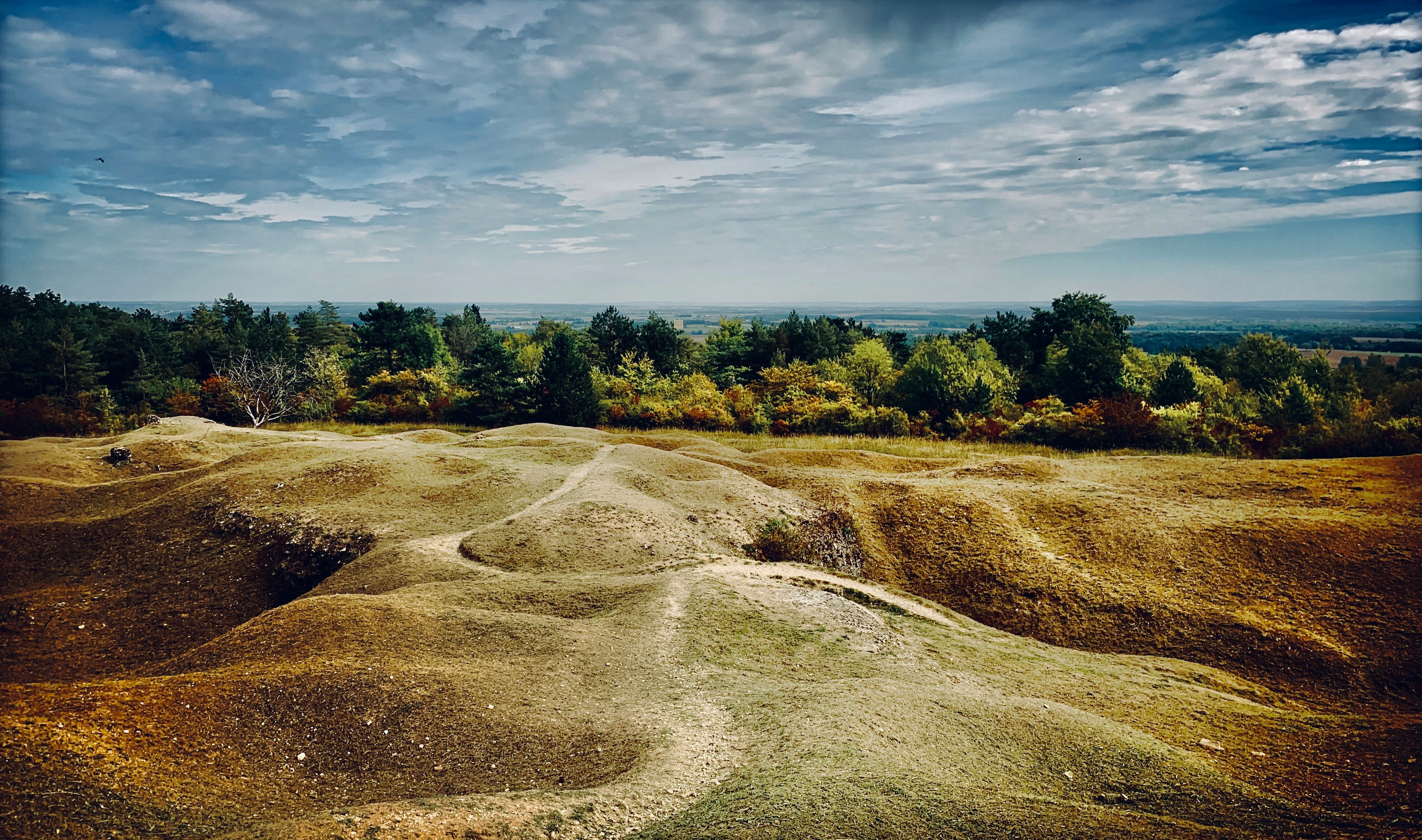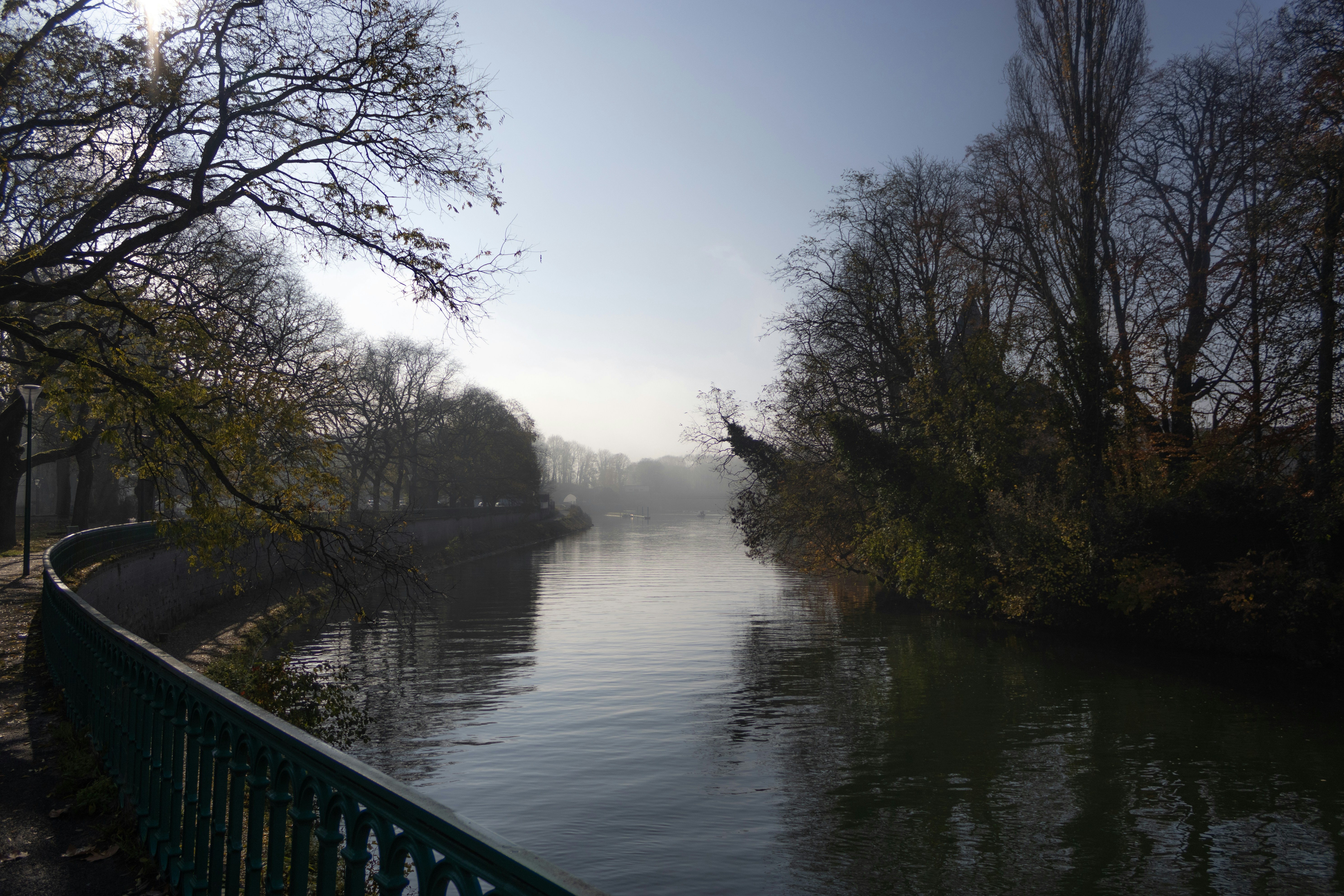Verdun: A testament to resilience and remembrance
In the rolling hills of northeastern France, a city stands as a living memorial to one of the most brutal battles in human history. Verdun, a name etched into the annals of World War I, carries the weight of its past with dignity and grace. This small city, with its ancient fortifications and serene Meuse River, has been transformed into a place of pilgrimage, reflection, and hope.

A City Shaped by Conflict
The landscape surrounding Verdun has been sculpted by centuries of conflict. Long before the Great War, the city was fortified by Vauban, the legendary military engineer of Louis XIV. These defenses were put to the ultimate test during the Battle of Verdun in 1916, a ten-month ordeal that claimed over 700,000 lives.
Today, the scars of that battle can still be seen in the pockmarked fields and silent forests that surround the city. The land itself has been designated as a "Red Zone," deemed too dangerous for habitation due to unexploded ordnance and soil contamination. Yet, from this devastation, a powerful message of peace and reconciliation has emerged.
Guardians of Memory
The Douaumont Ossuary stands as the most striking monument to the Battle of Verdun. This massive structure, with its 46-meter-high tower, houses the remains of 130,000 unidentified French and German soldiers. The sheer scale of the ossuary serves as a sobering reminder of the human cost of war.
Nearby, the Douaumont National Necropolis spreads out in neat rows of white crosses, each marking a fallen soldier. The sight of 16,142 graves, uniform in their simplicity, creates a profound sense of loss and reflection.
A Living Museum
The city of Verdun itself has been carefully rebuilt and now serves as a living museum to the conflict that nearly destroyed it. The Verdun Memorial Museum, reopened in 2016 after extensive renovations, offers a comprehensive and deeply moving look at the battle and its impact on soldiers and civilians alike.
Visitors are invited to explore reconstructed trenches, bunkers, and fortifications that dot the surrounding countryside. The Fort de Douaumont, once the largest and highest fort on the ring of 19 defensive works protecting Verdun, can now be toured, offering a glimpse into the conditions faced by soldiers during the siege.
A City Reborn
Despite its somber history, Verdun has emerged as a vibrant city with a rich cultural life. The historic city center, with its beautiful cathedral and quaint streets, invites exploration. Local specialties like the sugared almonds known as "Dragées de Verdun" offer a sweet contrast to the city's bitter memories.
The Meuse River, which played a crucial role in the battle as a supply line, now provides a peaceful backdrop for riverside walks and boat tours. Parks and gardens, many created as part of the post-war reconstruction, offer tranquil spaces for reflection and relaxation.
A Beacon of Peace
Today, Verdun stands as a powerful symbol of Franco-German reconciliation. The Douaumont Ossuary, which contains the remains of both French and German soldiers, serves as a poignant reminder of the shared suffering of war. Regular ceremonies and events bring together descendants from both sides to honor the fallen and reaffirm their commitment to peace.
The World Centre for Peace, Liberty, and Human Rights, housed in the former Episcopal Palace, furthers this mission by hosting exhibitions and conferences dedicated to promoting understanding and dialogue between nations.
A Journey Through Time
A visit to Verdun is a journey through time, from its origins as a Gallic settlement to its medieval prominence and its pivotal role in modern history. The city's resilience in the face of near-total destruction serves as an inspiration, while its dedication to preserving the memory of the past ensures that the lessons of history are not forgotten.

As the sun sets over the Meuse Valley, casting long shadows across the peaceful countryside, one can't help but feel the weight of history in Verdun. It's a place where the past is ever-present, yet hope for the future prevails. In this city of memory and reconciliation, visitors are reminded of the importance of peace and the resilience of the human spirit.
For those seeking to delve deeper into France's rich tapestry of history and culture, a visit to Rouen offers another captivating journey through time, with its magnificent Gothic cathedral and connections to Joan of Arc.
Related articles
Show all
Best 15 things to do in Albi
In the heart of southern France, a captivating city awaits discovery. With its rich history, stunning architecture, and vibrant culture, this hidden gem offers a treasure trove of experiences for the curious traveler. From awe-inspiring cathedrals to charming local markets, every corner reveals a new facet of French heritage and contemporary life. Let's embark on a journey through the top 15 attractions and activities that shouldn't be missed in this enchanting destination.
Albi - FRANCE

The Authentic Villages of the La Roya Valley
La Roya Valley is a spectacular valley that runs from the town of Tende on the French-Italian border right down to the coast before winding back into the Italian countryside. Vallee de la Roya covers over 40 kilometers of ground and winds its way through beautiful countryside, remote farmland, and the mighty Southern Alps. The valley isn’t just a place of outstanding beauty, home to traditional French settlements and small authentic villages, it’s also a region of France that’s bursting with history and was once occupied by Italy during WWI. Fun fact - the valley only became a part of France in 1947 and today a segment of it still belongs to the Italians.
Sospel - FRANCE

Top 15 things to do in Valence
Nestled in the heart of the Rhône Valley, a charming city awaits discovery. With its rich history, stunning architecture, and vibrant culinary scene, this hidden gem offers a perfect blend of culture, nature, and gastronomic delights. From ancient Roman ruins to modern art installations, every corner reveals a new facet of this captivating destination. Whether you're a history buff, a food enthusiast, or simply seeking a peaceful retreat, this enchanting French city has something to offer everyone.
Valence - FRANCE

Top 15 things to do in Nîmes
In the heart of southern France, a city steeped in Roman history and Provençal charm awaits discovery. Ancient monuments stand proudly alongside bustling cafes, while sun-drenched squares play host to lively markets and festivals. This enchanting destination offers a perfect blend of past and present, inviting visitors to immerse themselves in its rich cultural tapestry. From awe-inspiring architecture to culinary delights, a myriad of experiences can be found within its historic walls.
Nîmes - FRANCE

The charming village of Saint Paul de Vence
As one of the oldest medieval towns on the French Riviera, Saint Paul de Vence really packs a punch. The town is home to both contemporary and modern art galleries, Renaissance churches, and a castle that dates back to the 14th century. Saint Paul de Vence is the ideal destination for a culture-filled vacation in southern France.
Saint-Paul-de-Vence - FRANCE

The 15 best things to do in Perpignan
The sun-drenched landscapes of southern France have long captivated travelers with their blend of rich history, vibrant culture, and Mediterranean charm. Among these jewels of the Languedoc-Roussillon region, a city stands out as a unique crossroads of French and Catalan influences. With its terracotta rooftops, palm-lined boulevards, and a skyline punctuated by medieval towers, this urban tapestry invites exploration at every turn.
Perpignan - FRANCE

 Home
Home Wishlist
Wishlist